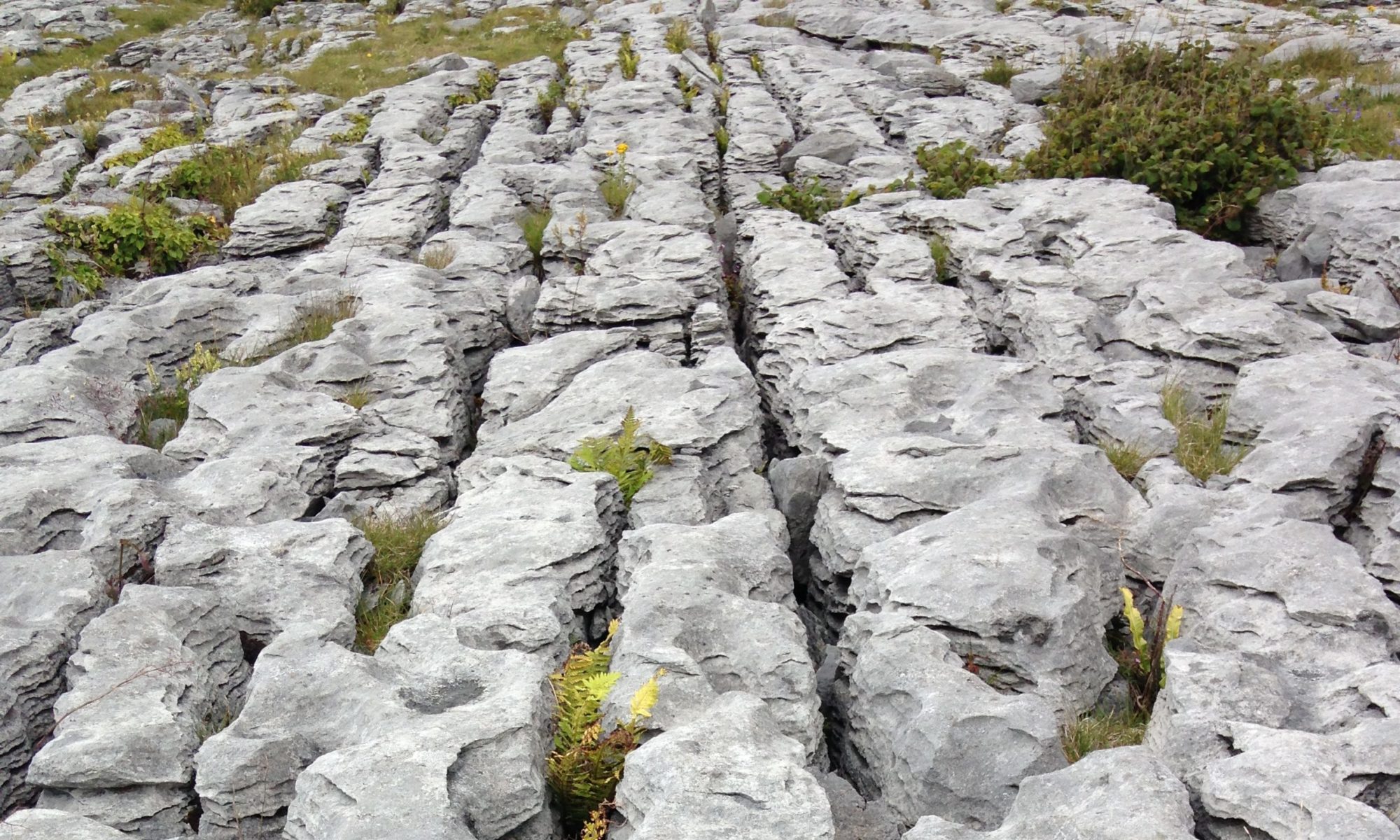Based upon the recommendation of Teodoro my guide from the Mayan site at Comalcalco, I had decided to ask if I could keep the car and drive to Palenque the following day, assuming that I was not required for work.
Of course I had heard of, and read about those most famous Mayan ruins, so tantalisingly close then. And if at all possible I was determined to go see them myself.
My day in Villa Hermosa, La Venta Park and the Mayan ruins at Comalcalco was a wonderful time for me. Through the artefacts that I had seen, I had immersed myself in the pre-Columbian history of Meso America, which close-up is utterly breathtaking.
The beauty of the Olmec and Mayan carvings, art work and architecture, is truly stunning.
Those civilisations, which collapsed in ruins long before Cortez and his destructive Conquistadores arrived in Mexico, had reached a level of craftsmanship and a social sophistication, which nurtured the later civilisations of the Mexica, who stood firmly on the shoulders of those early giants.
As it happened I was not required for work and the boss had decided to keep the car in case he was needed in Carmen or Veracruz for meetings during the week. I asked if it was okay to take it to go to Palenque the following day, and he readily gave me permission.
Palenque is in Chiapas, the neighbouring state to Tabasco, and some 220 km from Paraiso, about a three-hour drive. So I headed off after breakfast the following morning.
Notwithstanding the occasional ‘topes’, driving in Mexico was a great pleasure. With the window down and the warm air swirling around the car, getting inside my shirt, caressing my skin.
The same tropical jungle which covers much of Chiapas continues into Tabasco, so like the previous day I drove between vast swathes of it , a green curtain on both sides.
Palenque is perhaps the pre-eminent Mayan site in all of Mexico, everything else radiates around it.
When I visited, the excavated area occupied approximately 1.2 Km squared; however it was estimated that eighty percent of the ruins, still waited to be discovered in the almost impenetrable jungle, behind the great Pyramid.
Seeing the Palenque ruins, for the first time, I was simply transfixed by their Majesty.
The cities that the Mayans built for themselves between two hundred BCE and seven hundred CE, while uniquely Meso American in design. In terms of architectural sophistication, and artistic beauty, had no peer in their contemporaneous world.
Teodoro from Comalcalco had recommended his friend Miguel to guide me through the Acropolis, and as luck would have it, he was free when I arrived.
For a very small fee, I had an excellently guided tour through the more than sixty individual constructions available at that time.
It is estimated that the entire site when fully excavated, comprise more than five hundred.
Everywhere one looked, on practically every surface available, there are stunningly gorgeous bass relief carvings and inscriptions, which to a large extent tell the history of the Mayan civilisation. So, Palenque has been instrumental in providing most of the substantive information, on that great civilisation.
The Usumacinta River cataracts impressively through the jungle adjacent to the ruins, its crystal clear cooling water, and the smooth rocks, over which it splashes against the forest’s verdant back drop, create a truly idyllic scene.
However the river was not simply a cute backdrop for the engineers whom raised the city. There is a large body of evidence, which indicates that they also built a plumbing system, providing water throughout, via an aqueduct and pressurised water flow, up to a height of 6 m.
Prior to that discovery, it was believed that the Spaniards brought the first pressurised water systems to the New World. But like so many hard and fast historical rules, the Americas seem to have broken that one as well
Miguel and I had lunch beside the small museum, after which I bought some souvenirs, a beautifully shiny and deeply black carving of a Mayan mask, and a hand painted Mayan great circle calendar, on animal hide, both of which are still on display in our house.
The sensations of wonderment that the beauty of the Olmec artefacts in La Venta Park in Villa Hermosa, the Mayan ruins in Comalcalco, and finally the breathtaking gorgeousness of Palenque, engendered in me, do not pass quickly, and never pass fully.
The cave paintings in Faunte du Gaume in the Dordogne in France in 2006, you whoever in The pyramids, the Sphinx, the Valley of the Kings in 1999 2000 and 2001, New Grange in Ireland many times, Stonehenge in 1985. Ancient Rome and the Acropolis in Athens in 1980 also engender within me feelings of amazed admiration at what the ancients created, and how the same as us they were.
Those three places, visited over two days in that sweltering late August of 1998, were added to the list of places that I have seen which have quite literally taken my breath away.
I don’t generally think myself lucky, given my situation; such a belief would be outrageous.
However, in terms of the places I’ve seen, I am; and writing about them brings back that sense of wonderment anew.
The end
